Masonry structures, particularly those of historic significance, are often subjected to the relentless effects of weathering, environmental factors, and age-related deterioration. Over time, the mortar joints that bind the individual masonry units (such as bricks, stones, or blocks) together can become compromised, leading to the need for repointing or joint pointing. This long-lasting, yet routine maintenance step is needed to preserve the structural integrity and weather resistance of historic masonry structures.
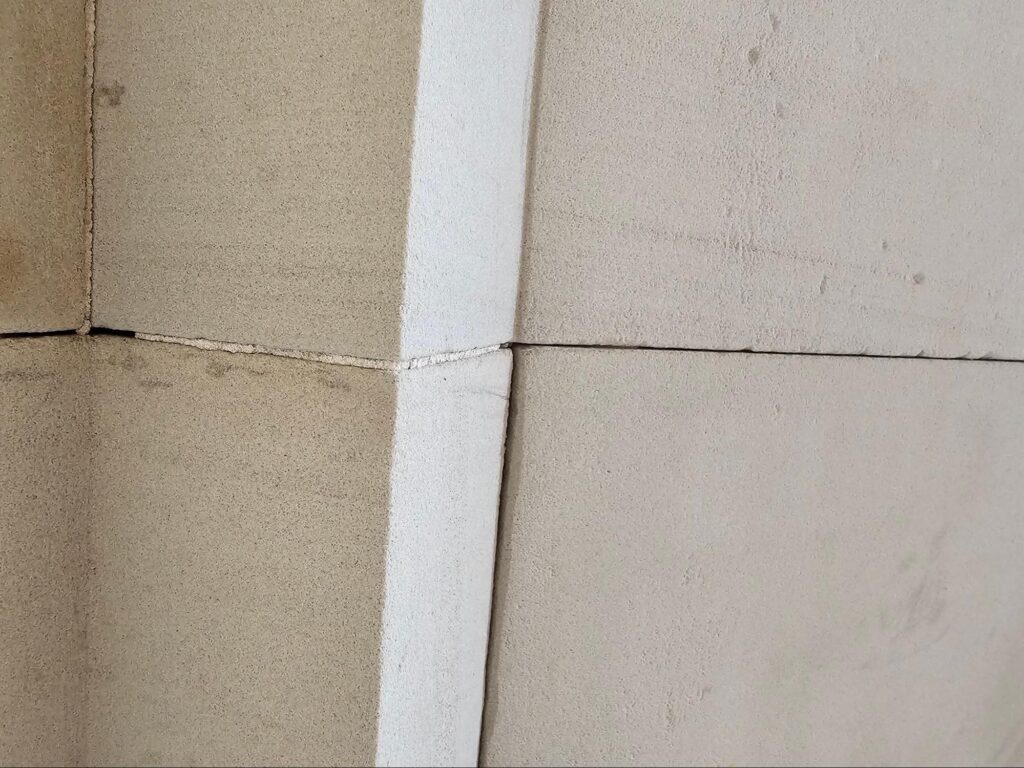
Often, because we are a DC based Contracting and restoration company, we are focused specifically with restoration of historic brick structures and the problems related to brick joint deterioration. However, here today we are looking at a historic stone facade with similar mortar joint deterioration and although these buildings are built with different types of masonry elements, the issues of deterioration are actually very similar. The joints here are very small and precise compared to common brick. Pressed brick which is found at the front facades of many historic row homes is similar and thin.
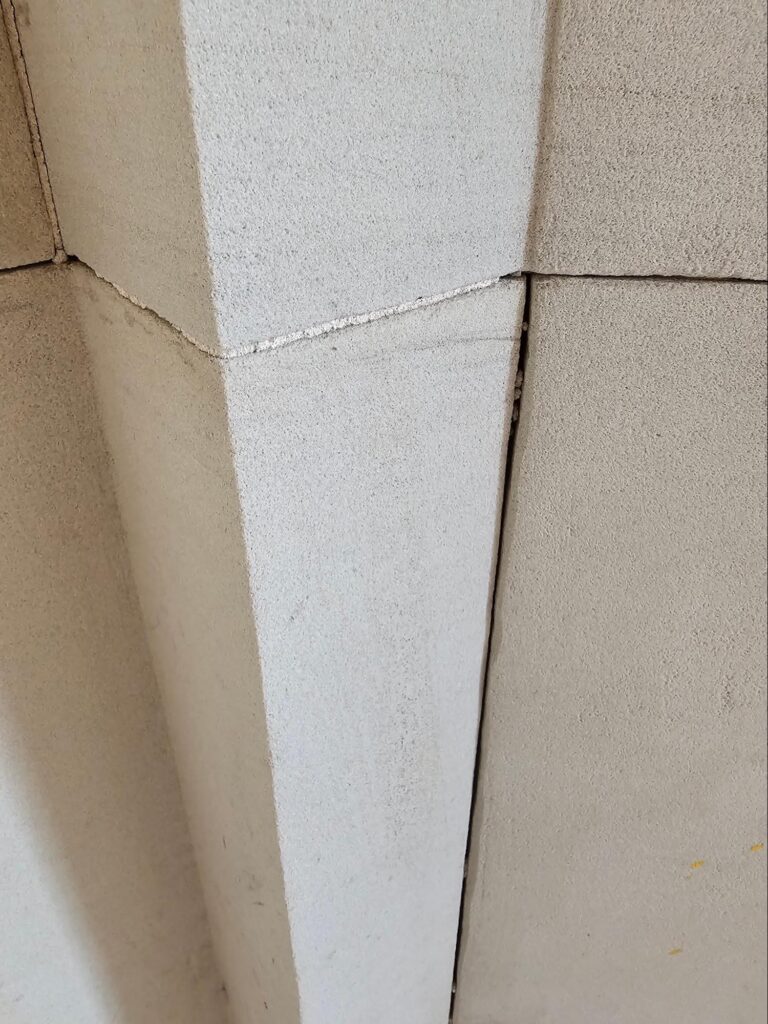
Mortar joints are the thin layers of mortar that fill the gaps between individual masonry units, creating a cohesive and structurally sound assembly. The mortar at both the bed and head joints between each individual masonry unit not just fills the space, but also creates a degree of adhesion between the individual masonry units and allows for a continuous connection which is important in terms of bearing and stabilization. However, these joints are susceptible to various forms of deterioration, including:
- Erosion: The constant exposure to wind, rain, and freeze-thaw cycles can cause the mortar to deteriorate and erode, leading to the loss of material and creating voids or gaps in the joints.
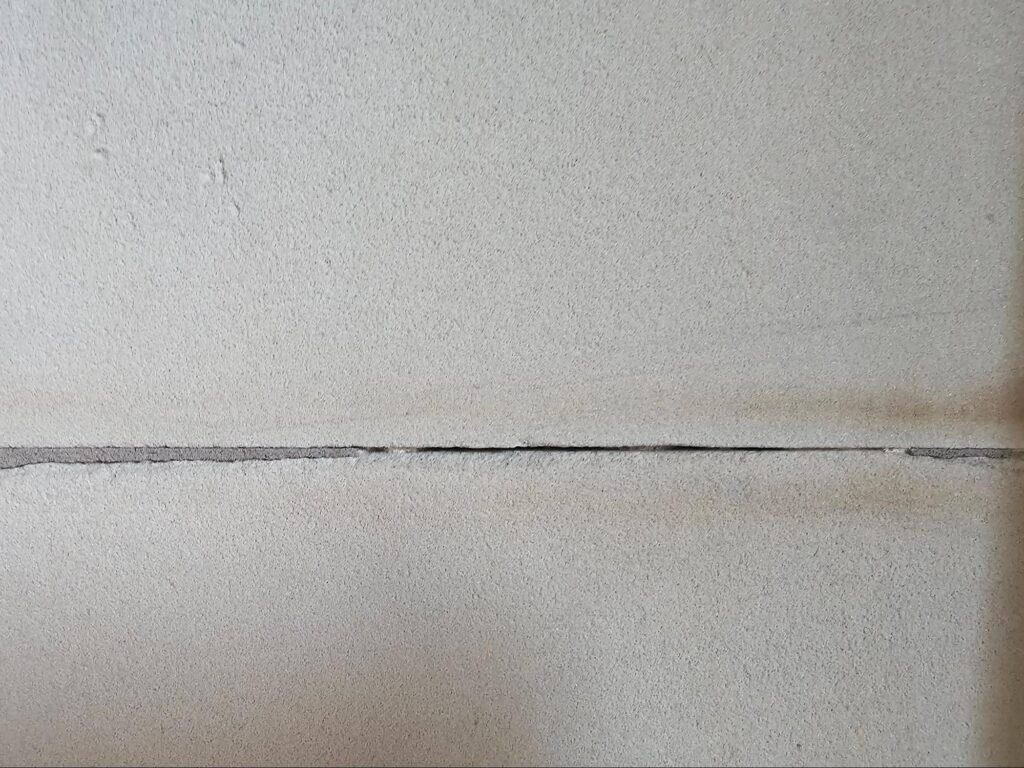
- Cracking: Thermal expansion and contraction, as well as structural movements, can result in cracking within the mortar joints, compromising their ability to transfer loads effectively.
- Moisture ingress: When mortar joints deteriorate, they become more susceptible to moisture penetration, which can lead to further damage, such as efflorescence (salt deposits), spalling (surface deterioration), and potential structural issues.
- Biological growth: Organic matter, such as moss, lichen, or mold, can take root in damaged mortar joints, accelerating the deterioration process and potentially causing staining or discoloration. In some cases, as we have shown in many different photos and descriptions in our blog, here on our website, unmitigated plant growth or bio colonization can eventually lead to significant deterioration where larger plants take root and can even cause buildings or walls to collapse when they grow to the point that they destabilize the building facade.
To address these issues and restore the structural and aesthetic integrity of historic masonry, repointing or joint pointing becomes necessary. This process involves carefully removing the deteriorated or damaged mortar from the joints and replacing it with new, compatible mortar.
The picture below shows a horizontal bed joint where the mortar at the outer face of the wall has completely deteriorated in the interstitial space of the joint and remains open with a void.
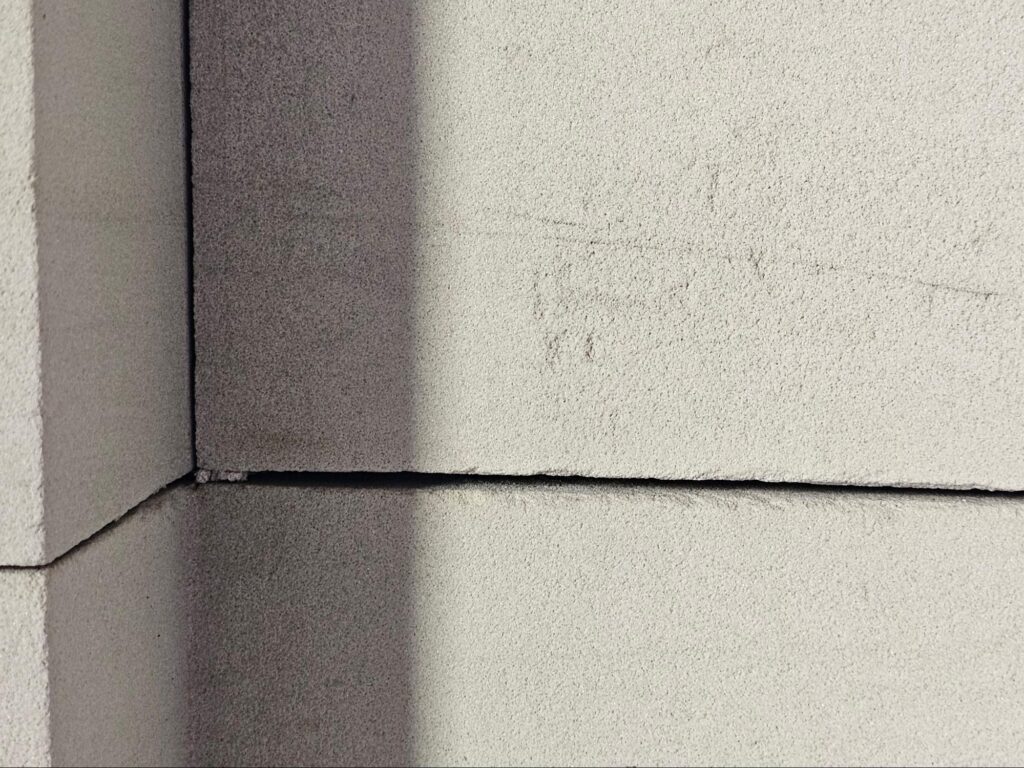
The spot repointing process is different than the wholesale repointing process (we have touched on the details of the wholesale repointing process extensively on our website and will continue to provide more information on the topic on our blog and site) and typically involves a portion of the following steps:
- Preparation: The affected areas are surveyed, and any loose or deteriorated mortar is carefully removed using hand tools or low-pressure tools to avoid damaging the surrounding masonry units. Historic brick masonry, in most cases here in Washington DC, was built about 100 to 140 years ago. The bricks used in this type of construction were low temperature fired bricks and they are particularly delicate. Although bricks are generally considered to be very strong and a heavy type of building materials, they cannot withstand the application of heavy electric or pneumatic hammers and must be protected from the improper use of high strength mortar where low strength, historically accurate mortar should be used.
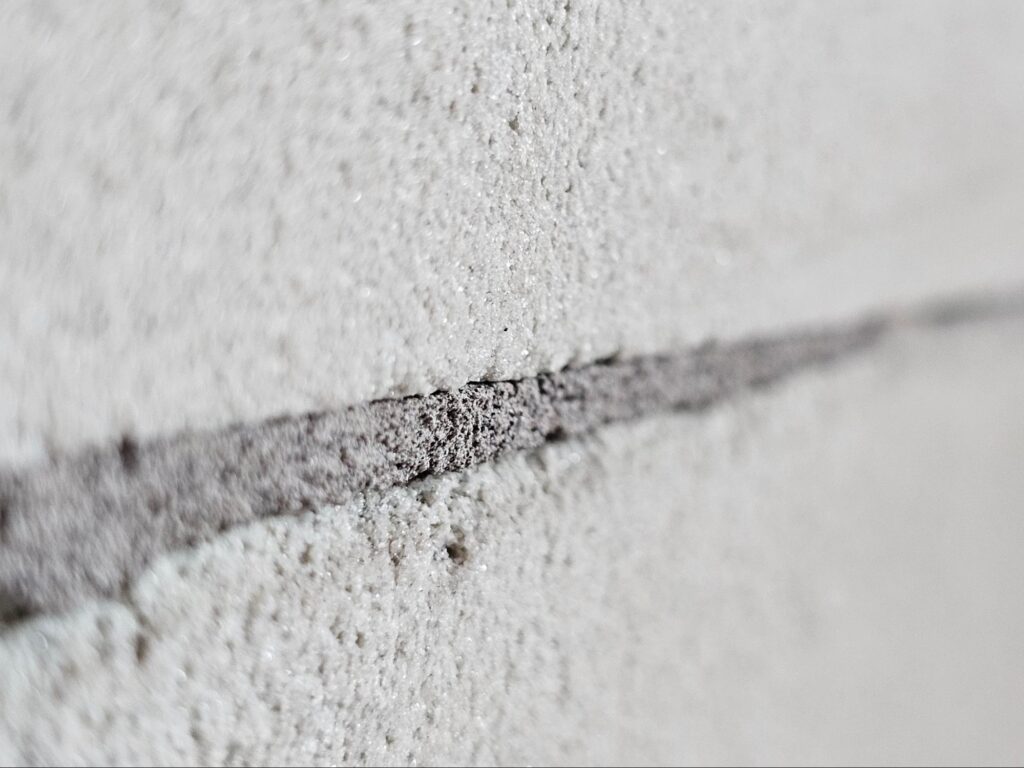
- Joint raking: The joints are cleaned to remove any debris, dust, or contaminants, allowing for the unabated adhesion of the new mortar.
- Mortar selection: A compatible mortar mix is selected based on the original mortar’s composition, strength. Historic structures often require specialized lime-based to maintain compatibility with the existing masonry materials. Selection of the mortar based on just color is generally deprioritized because the strength and permeability characteristics of the mortar are significantly more important.
- Mortar application: The new mortar is applied to the joints using appropriate tools and techniques, ensuring proper setting and a consistent finish that matches the original joint profile and appearance. Often, here in Washington DC, the original buildings were built with a flush-strike joint at the common brick and butter joint with a flush-strike at front facades.
- Curing: The repointed areas are cured in stages, often requiring misting or covering with damp materials, to allow the new mortar to gain strength and prevent premature drying.
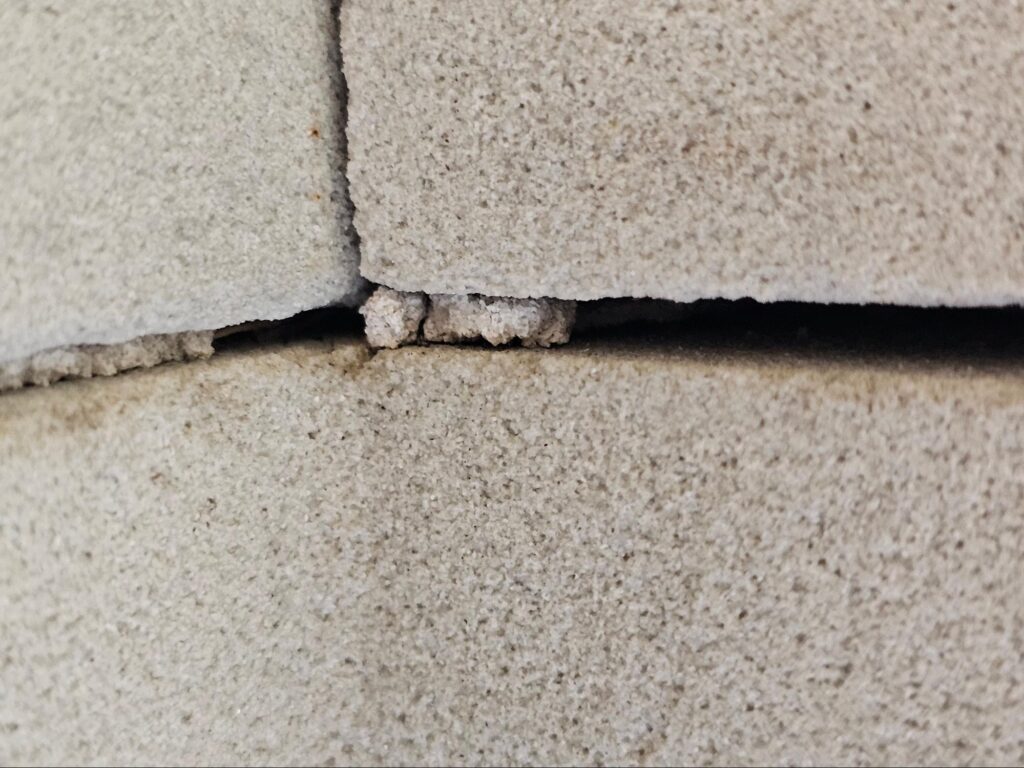
Proper repointing not only restores the structural integrity of historic masonry but also preserves a facades aesthetic, character, and ability to function as a weather barrier to the building. It is important to work with a company like Dupont Tuckpointing and Masonry to make sure the work is done correctly and best practices for material selection, application, and curing are followed to ensure long-lasting results and maintain the authenticity of the historic structure.
Regular maintenance and timely repointing can significantly extend the lifespan of historic masonry structures, like the historic brick and stone building facades here in Washington, DC.
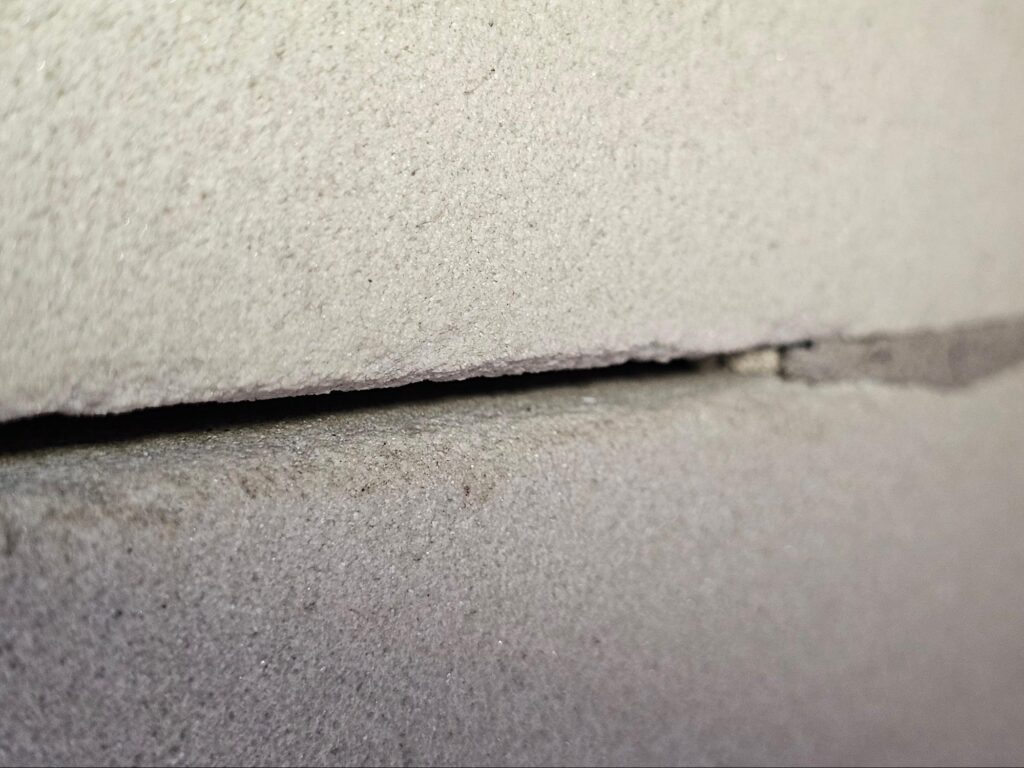
At Dupont Tuckpointing and Masonry, we take pride in our work and strive to ensure that every project is executed with the utmost care and attention to detail. We are committed to preserving the rich heritage of Washington D.C.’s built environment for generations to come.
If you have any questions or needs regarding masonry restoration, historic brick repointing, or tuckpointing services, please do not hesitate to reach out to us. We would be delighted to assist you and provide you with the expertise and quality workmanship that your historic property deserves.
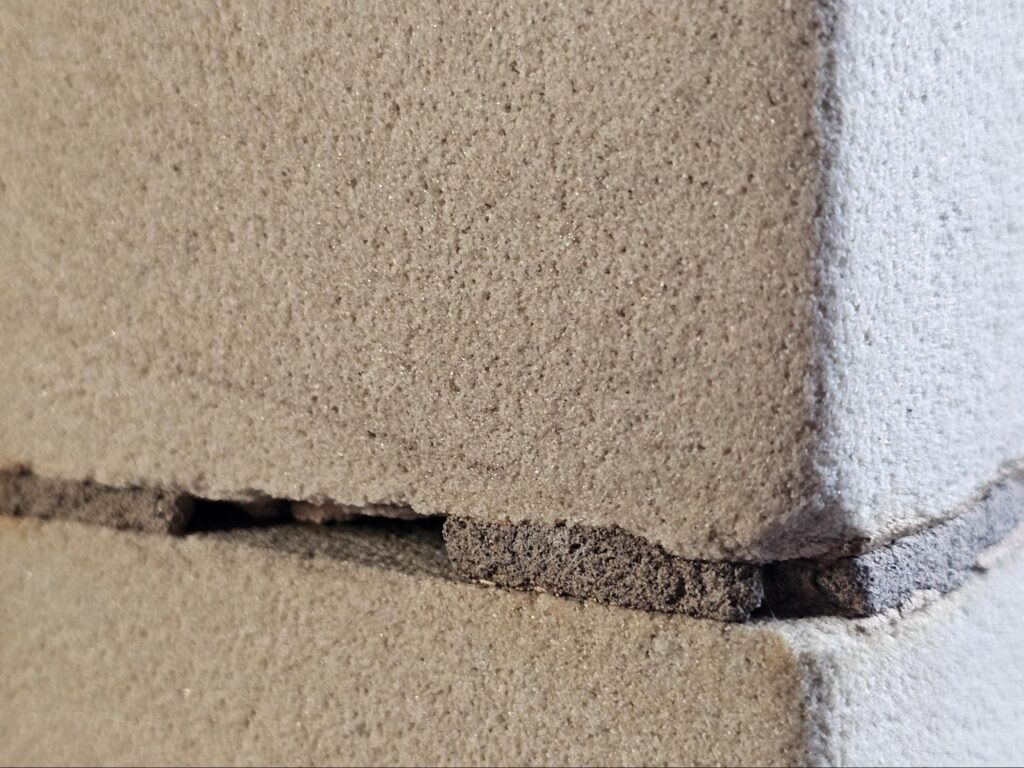
You can reach us by telephone at (202) 796-7644 and you can reach us by email from the contact form on our website at https://duponttuckpointingmasonrydc.com/contact-us/.




